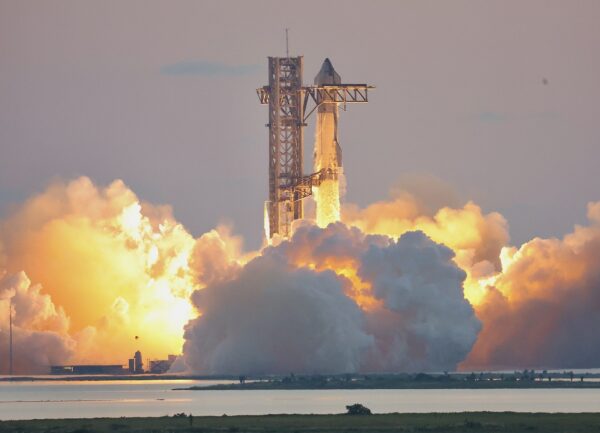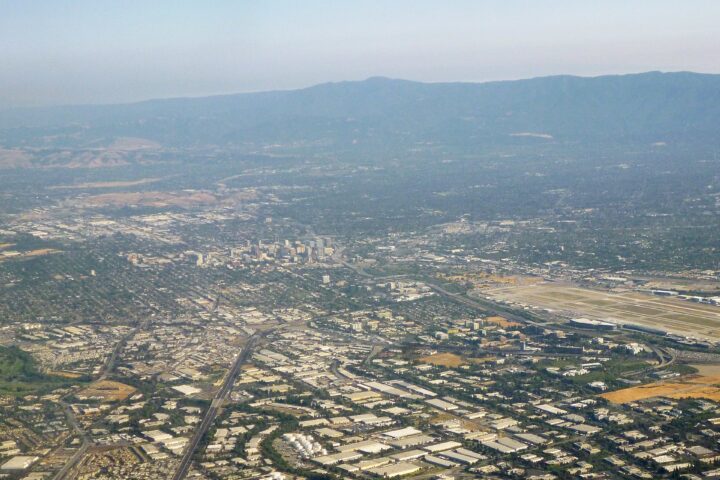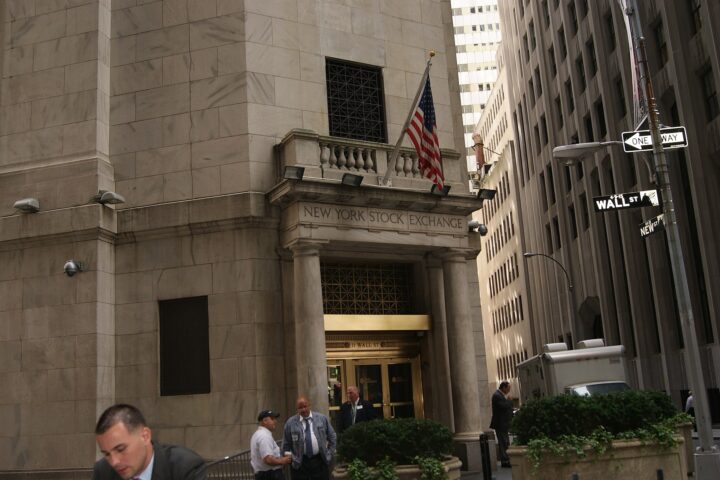The U.S. Federal Aviation Administration (FAA) has now reportedly granted SpaceX approval to conduct the ninth test flight of its Starship rocket system, following a series of mishaps earlier this year that resulted in significant explosions.
The FAA’s decision, announced on Thursday, comes with an important caveat: the agency has expanded the designated hazard areas for the upcoming flight.
The revised safety assessment indicates a larger potential impact zone due to the failures experienced during the previous two test flights.
As a result, the new hazard area will encompass approximately 1,600 nautical miles, stretching eastward from Texas through the Bahamas and Turks and Caicos, areas where debris from earlier flights landed.
This is nearly double the size of the hazard area established for the last Starship test in March.
The FAA emphasized the importance of safety, requiring that the upcoming test flight occur during non-peak travel periods to minimize disruption to air traffic.
Previous incidents involving Starship had led to the diversion of numerous domestic and international flights, highlighting the need for careful coordination between SpaceX and aviation authorities.
Elon Musk, CEO of SpaceX, has articulated a bold vision for Starship, asserting that its ultimate goal is to facilitate human missions to Mars.
In the short term, however, the spacecraft is expected to enhance SpaceX’s capabilities in launching Starlink satellites into orbit.
The company has relied heavily on its Falcon 9 rocket for these missions, but Starship is poised to significantly increase launch capacity.
As SpaceX moves forward with its ambitious plans, the political landscape surrounding its operations is also evolving.
Reports indicate that the Trump administration is advocating for the wider adoption of Starlink services in international trade negotiations, potentially leveraging the technology as a strategic asset in diplomatic efforts.
In addition to its focus on satellite launches, SpaceX is exploring partnerships with government agencies.
Members of Musk’s Department of Government Efficiency are reportedly assisting in testing Starlink terminals as a potential solution to current challenges faced by the FAA regarding air traffic control.
The upcoming test flight represents a critical step in SpaceX’s ongoing development of the Starship system, which has been under testing for the past two years at the company’s launch complex in southern Texas.
As the date approaches, stakeholders in the aerospace community will be closely monitoring the test, given its implications not only for SpaceX but also for the future of space travel and satellite communications.
The FAA’s rigorous approach to safety and the expanded hazard areas reflect the complexities involved in balancing innovative aerospace technologies with public safety and regulatory compliance.
As SpaceX prepares for its next test, the outcomes may shape the future trajectory of space exploration and satellite technology for years to come.
[READ MORE: Google Rolls Out New Web Browsing Agent]









